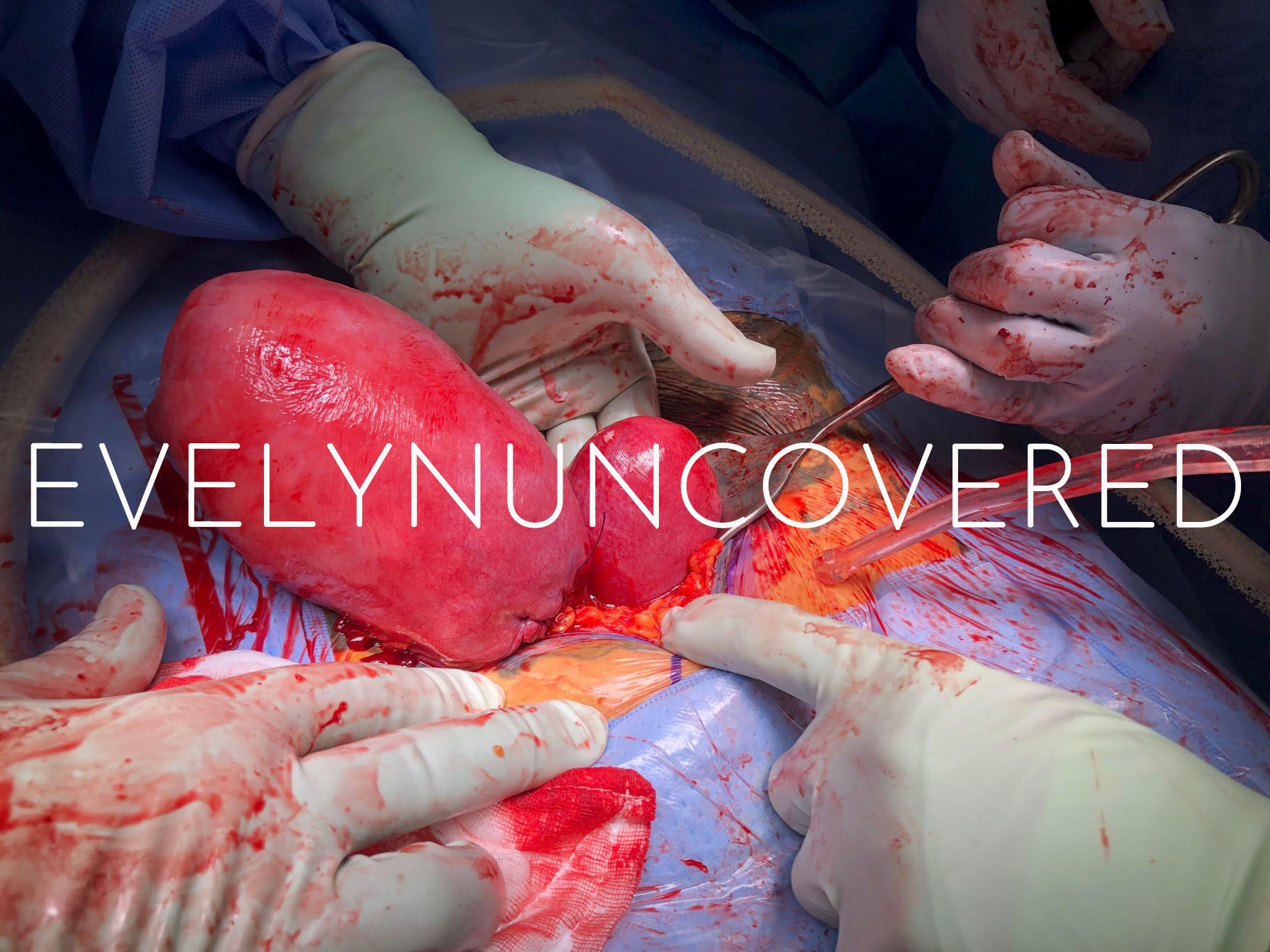
- An Australian woman called "Evelyn" has two vaginas, which each lead to a uterus and ovary.
- Doctors weren't sure she could get pregnant naturally or carry a baby to term, but she did.
- She talked to Insider about her unusual conception, pregnancy, and childbirth.
- Visit Insider's homepage for more stories.
Getting, and staying, pregnant could have been an impossible feat for Evelyn, a 31-year-old Australian woman who has two vaginas and two uteruses – each of which leads to its own fallopian tube and ovary.
For one, she can't precisely track ovulation since doctors don't know if both her ovaries release an egg each month or if they alternate. Plus, her extra reproductive tract means there's not a lot of room in her abdominal cavity for a fetus to grow.
On top of that, her partner had a low sperm count. Doctors pushed the couple to use IVF and prepare for a very premature delivery.
So when Evelyn, a former sex worker who uses a pseudonym to protect her safety, got pregnant naturally after just a few months of trying, she said she was "ecstatic." She talked to Insider about her unusual conception, pregnancy, and birth to her now seven-week old son.
Evelyn learned she has uterus didelphys when seeking an abortion in her early 20s
Evelyn, a nurse by training and OnlyFans creator, knew she was different when she first got her period, and tampons didn't work. When she began having sex, "it felt really, really different each time."

But she didn't learn what was different until her early 20s, when she sought an abortion and clinicians couldn't find the embryo. When they did, revealing another reproductive system, "it felt good knowing what was wrong with me," she said.
Her condition, uterus didelphys, affects about 1 in 3,000 women worldwide. Reproductive "anamolies" like it can manifest in many ways since the reproductive tract forms from two groups of cells on each side of the body, Dr. Stephanie Ros, an OB-GYN at the University of South Florida, told Insider.
The cells are supposed to fuse in the center in utero, but that "can go wrong in many ways," Ros said. Evelyn's two never fused, but her outward anatomy is "normal." Some people have one vagina and two cervixes, and some have the reverse.
A double uterus doesn't always affect fertility, but it can increase the risk of miscarriage, early birth, and placental complications. After birth, some new moms lose a lot of blood and tissue if they shed the lining of the non-pregnant uterus, Ros said.
Ros said she knows of one patient who was mistakenly told she wasn't in labor because the clinician checked for dilation in the wrong cervix. Other women don't even know about their double anatomy until they're in labor.
She only used the right vagina when trying to get pregnant
Evelyn and her partner only used her right vagina when trying to conceive. Getting pregnant in both sides is risky. Plus, her right side is more pleasurable. (During her sex work days, she saved it for her personal life while using the left for work.)
Her pregnancy was high-risk mostly because doctors didn't know how much her right uterus could expand. They worried she'd go into preterm labor, and that it could be dangerous for the baby to navigate traveling out of her off-center vagina.
So Evelyn rested a lot and had two doctor appointments a week. Her bump grew, but off to one side. "I think there's a lot of pressure on women to love [pregnancy] out of guilt of not being appreciative of falling pregnant when some people can't," she said. "But I didn't like it at all."

Courtesy of Evelyn Uncovered.
It was worth it in the end, she said. She made it to her scheduled 37-week c-section, and her son weighed about 5 lbs, 3 oz. Before stitching Evelyn up, clinicians pulled out both uteruses to photograph. "Everyone was fascinated by it," she said.
Her baby needs his joints checked out ("he was so squished in there," Evelyn said) and is just now over 8 pounds, but is otherwise healthy. "Just looking at him and realizing that you created a little person, it's quite incredible," she said.

